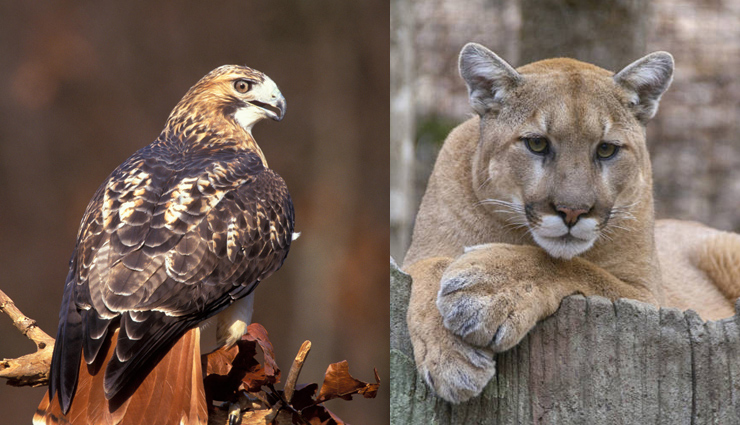- Home›
- Weird Story›
- 5 Wildlife Sounds You Might Hear In Your Backyard
5 Wildlife Sounds You Might Hear In Your Backyard
By: Priyanka Maheshwari Thu, 19 July 2018 12:26:53

Squirrels, pigeons and the occasional raccoon or opossum are about the extent of the backyard wildlife most of us encounter. They're familiar sights around the neighborhood, and we're used to the sounds they make as they coo, screech and chatter. But have you ever awoken in the middle of the night to a wild sound you couldn't place?
* Fox
Red and grey foxes are well-adapted to urban life, and they're not dangerous to humans unless they're rabid, which is very rare. However, the animals have been known to prey on small animals, including cats, rabbits and chickens. If you've seen or heard foxes in your neighborhood, the Humane Society has several tips for how you can peacefully coexist with the animals.
* Barred owl
These owls live in old-growth forests, so researchers were surprised to discover that barred owls are thriving in Charlotte, North Carolina's largest city. Scientists assumed that the large raptors would struggle to survive in urban settings, but they've proved just as resilient in cities as they have in the wild.

* Coyote
Coyotes are thriving in urban areas across the U.S. They've been spotted in Central Park, 3,000 coyote sightings are reported in Atlanta annually, and it's estimated that 2,000 of the animals live in the Chicago metro area. Experts say the presence of coyotes in cities sets the stage for larger predators like wolves, mountain lions and bears.
* Red-tailed hawk
These birds of prey are found throughout the United States, and while they prefer open areas and deserts, they've adapted to a variety of landscapes, including human habitats. If you hear this distinctive screech, look up and you might spot a red-tailed hawk in a tree or perched upon a telephone pole.
* Mountain lion
You don't expect to see one of these large cats roaming a suburban neighborhood, but reports of mountain lions in yards and city streets are popping up from Colorado to Connecticut. The animals have extremely large territories and can roam more than 20 miles a day in search of food or mates.





